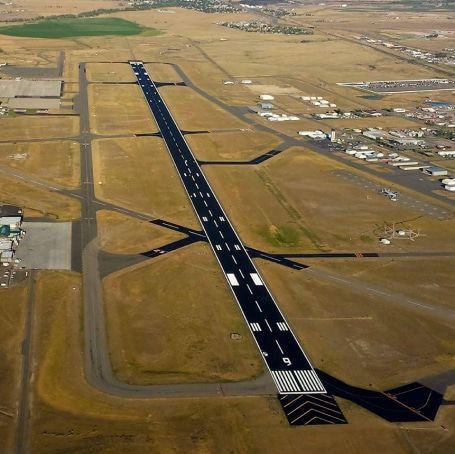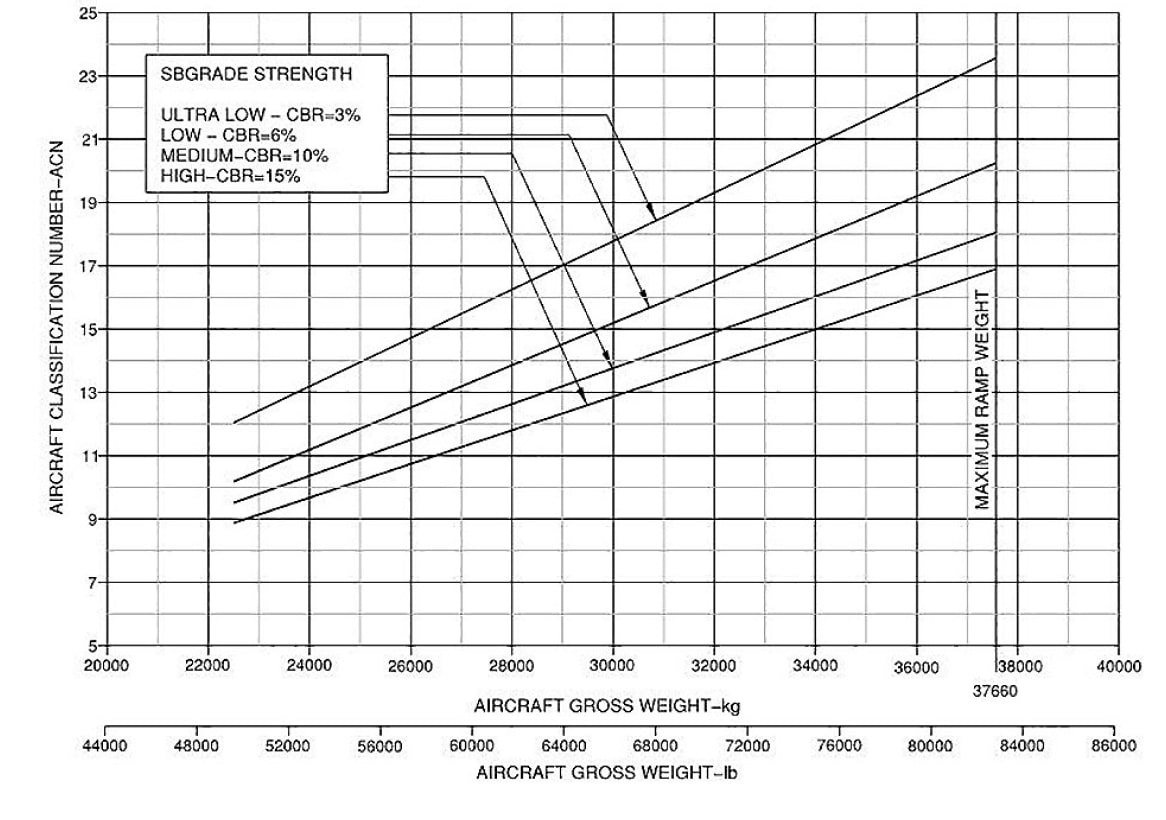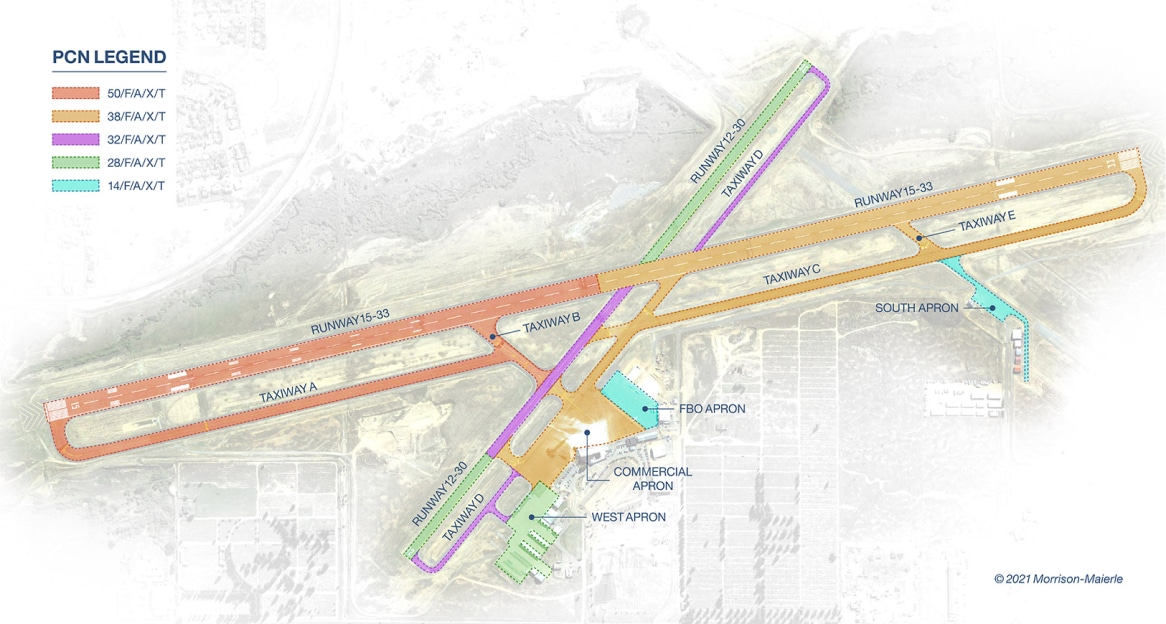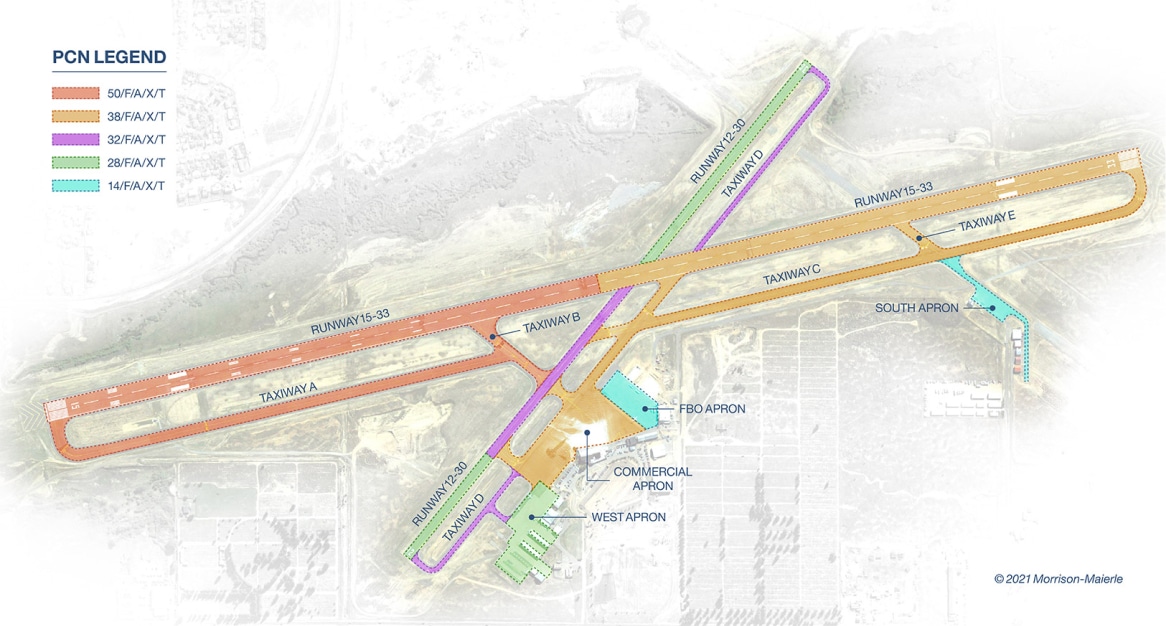In the past, the method for reporting pavement strength in the United States was based on gear configuration and aircraft weight. This was commonly reported as maximum single wheel, dual wheel, dual tandem, and double dual tandem, reported in thousands of pounds. If an aircraft had a certain gear configuration, or an international pilot who was accustomed to a different standard or units, it was challenging to determine whether your pavement could support the aircraft.
 Once I received a request from an airport manager about a C-130 aircraft that wanted to land at their airport for military training exercises. The C-130 had a single tandem gear configuration, which in the past was not one of the common gear configurations for reporting pavement strength. The airport had information on the pavement strength for single wheel and dual wheel loadings, however the C-130 weight was between these two values. Providing a quick, correct, answer to the airport manager was not possible, and we needed to research and perform additional calculations.
Once I received a request from an airport manager about a C-130 aircraft that wanted to land at their airport for military training exercises. The C-130 had a single tandem gear configuration, which in the past was not one of the common gear configurations for reporting pavement strength. The airport had information on the pavement strength for single wheel and dual wheel loadings, however the C-130 weight was between these two values. Providing a quick, correct, answer to the airport manager was not possible, and we needed to research and perform additional calculations.
To mitigate situations like this, the International Civil Aviation Organization (ICAO), developed a single international pavement strength reporting method that used a single number and subgrade category, regardless of gear configuration. This method was the Aircraft Classification Number-Pavement Classification Number (ACN-PCN) method. In simplest terms, if your aircraft’s ACN is lower than the PCN of the pavement, the pavement can support your aircraft.
In the mid 2000s, the FAA started to require that pavement strength for runways be reported using the ACN-PCN method.




